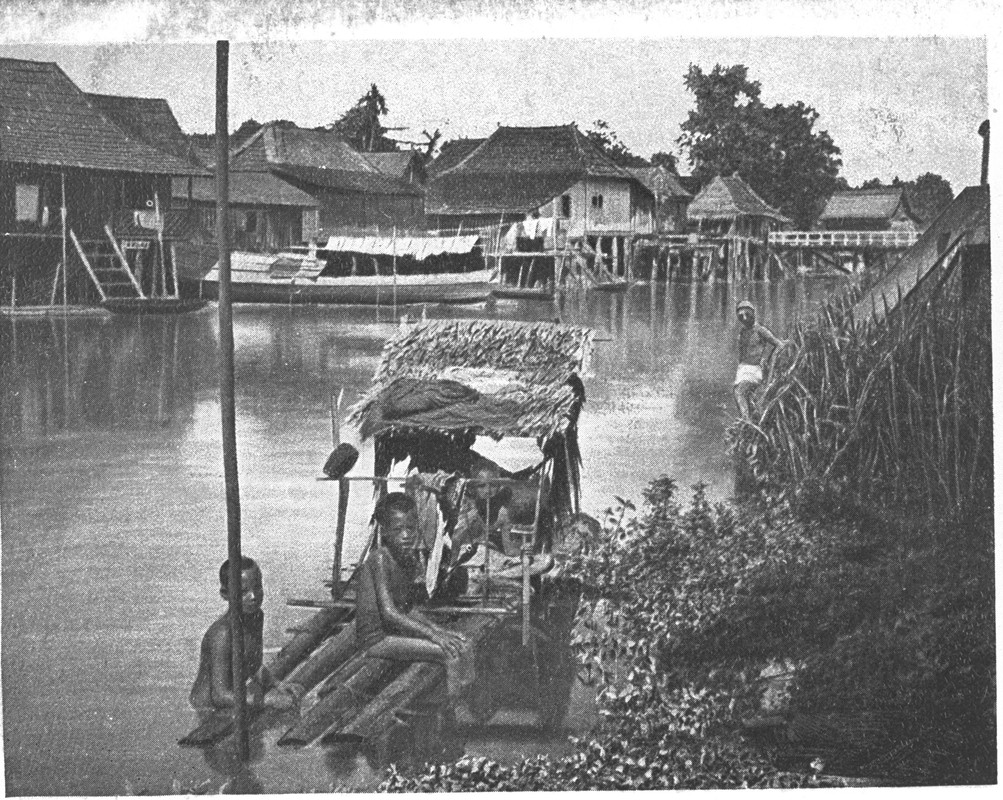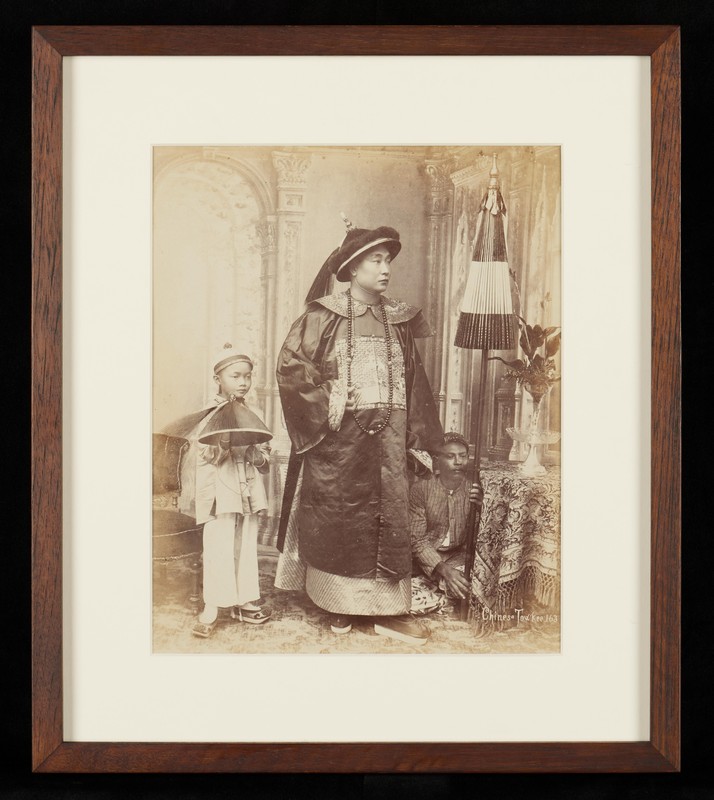The functions of Chinese temples and clan associations in Singapore
The early Chinese community in Singapore had its own system of functioning. When the colonial government paid little attention to its welfare, the Chinese community took up the responsibility of looking after themselves. From setting up communal burial grounds, to establishing hospitals, schools, and helping people tackle problems and resolve disputes, mutual support within the community was evident in many ways.
The Chinese community provided help to its members through clan associations. Early immigrants developed close relationships with people from the same hometown, and set up clan associations or mutual aid groups to support one another. In addition to providing employment and accommodation for the sinkehs,1 clan associations also served as contact centres for immigrants of their respective various dialect groups and helped them stay united.
Before clan associations were formed in Singapore, however, temples acted as important organisations to address psychological and livelihood issues of these immigrants.
Bang power,2 gentry power, and divine power
In the 19th century, the Chinese community in Singapore was built on a system of bang which is virtually a dialect group. The five major groups of bang were Hokkien, Teochew, Cantonese, Hainanese, and Hakka. Many temples in Singapore had also been organised according to such bang structure.
In the example of the Hokkien bang, Malacca-born merchants who originated from the regions of Zhangzhou and Quanzhou acquired gentry power (bang leadership) by building temples to unite their clansmen, and monopolised leadership positions. As the bang was held above all else, the authority of its leader was inviolable. It was likely that bang leaders had intended to use the divine authority of temples to unify their people, and rely on it to establish gentry power, which was then used to lead, and subsequently become the community leader. In short, divinity was employed to empower the gentry, which in turn legitimised the powers of the bang.

Active participation in temple activities was one of the prerequisites for becoming a community leader of the Chinese community in the early years. See Hoot Kee (1793–1847), leader of the Hokkien clan in Singapore, was the first person to start this trend when he founded Heng San Teng Temple on Silat Road (now Jalan Bukit Merah) in 1828. In addition to See Hoot Kee, Cheang Hong Lim (1825–1893) was another Hokkien leader who was enthusiastic about temple activities.
In the 24 years between 1863 and 1887, Cheang Hong Lim rebuilt and erected five temples. First, he constructed Shuang Shi Da Bo Gong Temple in Pasir Panjang in 1863 and renovated it in 1891. In 1869, he assisted in the expansion of Fuk Tak Chi Temple — co-founded by clans representing people from Guangzhou, Huizhou, Zhaoqing, Fengshun, Yongding, Dapu, and Jiaying — on Telok Ayer Street. In 1887, he reconstructed Qing Yuan Zhen Jun Temple on Upper Hokkien Street (the original was built in 1849 and torn down in the 1980s) and Giok Hong Tian Temple on Havelock Road. He also single-handedly financed the renovation of Kim Lan Temple on Narcis Street (the site of present-day Tanjong Pagar Plaza), which was subsequently relocated to Kim Tian Road. Of all the leaders of the Hokkien community, Cheang Hong Lim built the most temples.


Social function of temples
Temples governed under bang were mainly responsible for arranging, managing and executing matters that concerned the public lives of their respective clansmen. They held an important social role, and were managed by leaders of the local Chinese community and key figures of clans. As Southeast Asian historian Tan Yeok Seong (1903–1984) noted in the foreword of the book Shile guji (Historical Monuments in Silat), the role of temples had been constantly expanding since they became socialised, most notably seen to be “organising charity deeds, founding schools, and developing high levels of social functionality”.
The coexistence and interdependence of temples and clan associations played an important role in the Chinese community in early Singapore. For example, Thian Hock Keng temple — built for the worship of sea goddess Mazu — was the result of the Hokkien clan’s efforts, and previously housed the Singapore Hokkien Huay Kuan. Today, the social functions of temples are no longer as strong as before, since the socio-economic environment changed as the country progressed.
Clan associations inherited the traditions of temples, and evolved into the clan associations of today through continuous reforms and management of issues within the Chinese community. Temples and clan associations shared a close relationship and had many things in common, and they each fulfilled their social roles during a specific period of history, bearing witness to the history and development of modern Singapore.
This is an edited and translated version of 新加坡华人庙宇与会馆的功能. Click here to read original piece.
| 1 | Sinkeh (“new arrivals”) refers to Chinese immigrants who had come from China from the 19th century to early 20th century. The term is used to differentiate them from the earlier immigrants and the locally-born Chinese. |
| 2 | “Bang power” refers to the Chinese term “bang quan”, which is a derivative of the word “bang”. Bang were a feature of the structure of Chinese communities in Southeast Asia. This was particularly prominent in Singapore and Malaya, and was caused by the segregation between groups of immigrants who spoke different dialects. Southeast Asian historian Tan Yeok Seong can be considered the first academic to have expounded the concept of “bang” or “bang quan”. The latter refers to the authority of the former, which results from an emphasis on exclusivity. |
Kua, Bak Lim, ed. Xinjiapo huaren tongshi [A General History of Chinese in Singapore]. Singapore: Singapore Federation of Chinese Clan Associations, 2015. | |
Lim, How Seng et al. Shile guji [Historical Monuments in Silat]. Singapore: South Seas Society, 1975. | |
Singapore Federation of Chinese Clan Associations. Xinjiapo huaren huiguan yan ge shi [History of the Chinese clan associations in Singapore]. Singapore: Singapore News and Publications Limited, 1986. | |
Tan, Yeok Seong. “Shile guji xu” [Foreword: Historical Monuments in Silat]. In Shile guji. Singapore: South Seas Society, 1975. |










